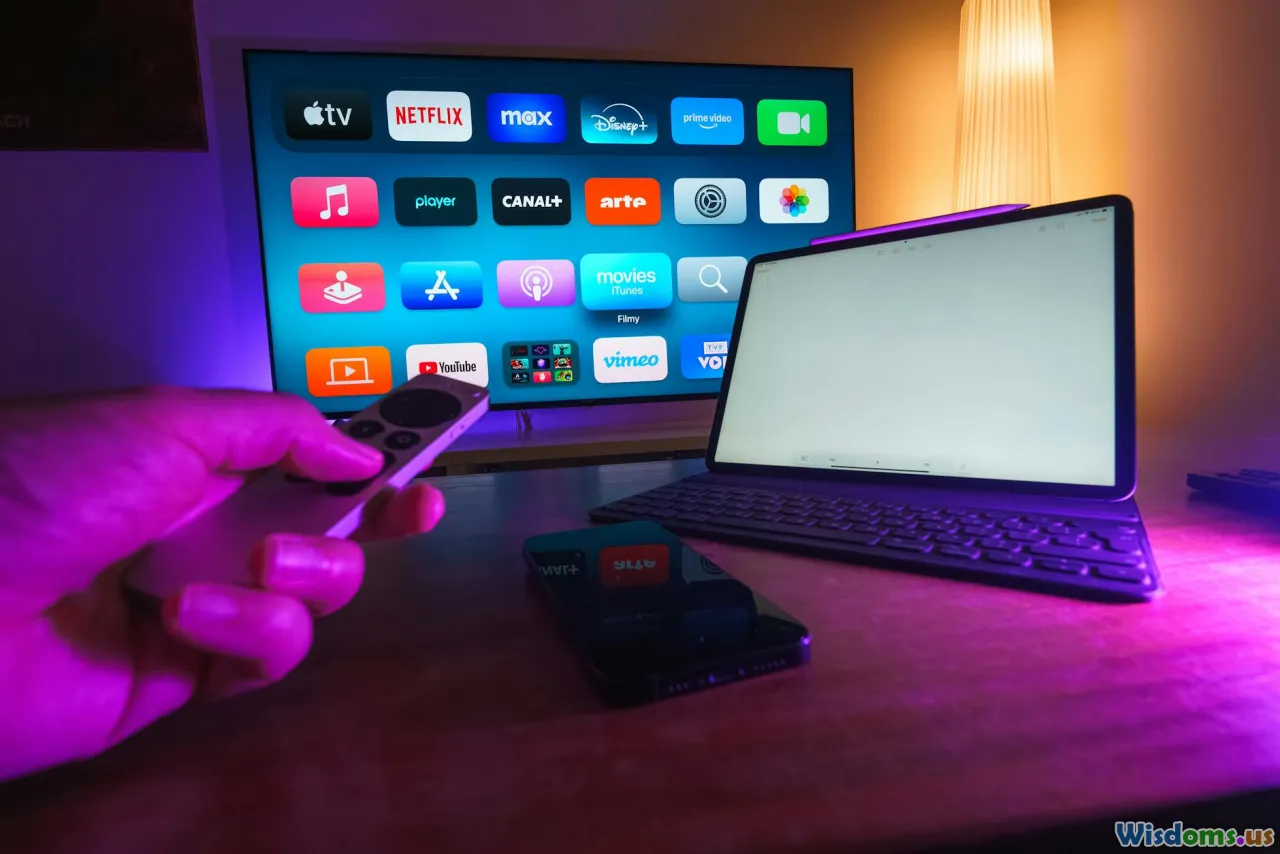
Which Offers Better Value: Disney Plus vs Amazon Prime Video
8 min read A comprehensive comparison of Disney Plus and Amazon Prime Video to determine which streaming service offers better value. (0 Reviews)
Which Offers Better Value: Disney Plus vs Amazon Prime Video?
In a world flooded with streaming services, deciding which platform offers the best bang for your buck can be a daunting task. Among the giants, Disney Plus and Amazon Prime Video stand out for their distinct content libraries and unique features. But when it comes down to value — combining cost, content quality, user experience, and overall perks — which one truly comes out on top? This article takes a deep dive into both platforms to help you make an informed choice.
Pricing and Subscription Models
A cornerstone of assessing value is understanding how much each service costs and what it offers in return.
Disney Plus
As of mid-2024, Disney Plus charges $7.99 per month or $79.99 annually in the U.S., which is a competitive price point considering its exclusive content. Recently, Disney introduced an ad-supported tier costing only $2.99 per month, providing an ultra-budget option for viewers willing to tolerate advertisements.
Amazon Prime Video
Amazon Prime Video typically costs $8.99 per month if subscribed standalone. However, many users access it as part of the Amazon Prime membership, priced at $14.99 per month or $139 annually. This membership offers more than just streaming; it bundles free shipping on Amazon purchases, Prime Music, Prime Reading, and other benefits.
Key takeaway:
- Disney Plus’s pricing is straightforward and inexpensive.
- Amazon’s Prime Video may appear pricier but comes bundled with wide-ranging perks beyond just streaming.
Content Libraries: What Are You Watching?
The heart of any streaming service is its content. Let’s evaluate the depth, variety, and exclusivity of what Disney Plus and Amazon Prime Video offer.
Disney Plus: Focused and Family-Centric
Disney Plus commands an impressive repository of beloved franchises:
- Disney classics: Timeless animated films like The Lion King and Beauty and the Beast.
- Marvel Cinematic Universe: Nearly all MCU movies and exclusive series like WandaVision and Loki.
- Star Wars Universe: Including The Mandalorian and The Book of Boba Fett.
- Pixar Films: From Toy Story to Soul.
- National Geographic: Documentaries and series focused on nature and science.
This poised lineup appeals heavily to families, superhero devotees, and Star Wars fans.
Amazon Prime Video: Expansive and Diverse
Amazon Prime Video offers a vast selection of movies and TV shows, including licensed titles, originals, and an option to rent or buy newer releases. Highlights include:
- Amazon Originals: Award-winning series like The Marvelous Mrs. Maisel, Jack Ryan, and The Boys.
- Licensed Content: A rotating catalog including Hollywood movies and popular TV shows.
- Channels Add-ons: Ability to subscribe to add-ons like HBO, Starz, and Showtime within Amazon ecosystem.
- Free Rentals and Purchases: Users can rent or buy new movie releases not included in subscriptions.
Amazon Prime Video shows versatility with its inclusiveness for various tastes but without the concentrated franchise power that Disney has.
Comparison Insight:
- Disney Plus is unmatched in exclusivity for family-friendly and blockbuster franchises.
- Amazon offers a broader array of genres and older content alongside high-quality original series.
User Interface and Viewing Experience
Ease of use, streaming quality, and device compatibility impact overall user satisfaction.
Disney Plus
The interface is intuitive, colorful, and geared for easy browsing by age or interest. Features include:
- Multiple user profiles with Kids Mode.
- Offline downloads.
- 4K UHD availability on most titles.
Amazon Prime Video
While functional, some users report the UI can feel cluttered due to the combination of included content and paid rentals. Features include:
- Offline viewing.
- Multiple profiles.
- Several quality options up to 4K HDR.
- X-Ray feature that provides cast and trivia information.
Both platforms support a wide range of devices including smart TVs, streaming devices, game consoles, and mobile devices.
Additional Benefits and Perks
Amazon Prime Video
Amazon Prime membership includes perks beyond streaming, such as:
- Free two-day shipping (and sometimes same-day on select items).
- Prime Music: Access to 2 million songs ad-free.
- Prime Reading: Access to ebooks and magazines.
This holistic value enhances its appeal for Amazon frequent shoppers.
Disney Plus
Recently Disney Plus expanded its offering to include an ESPN+ and Hulu bundle (at a combined pricing), offering sports and diverse TV content, appealing to varied viewer interests.
Real-World Insights
According to a 2023 Nielsen report, Disney Plus leads in family viewing hours but Amazon Prime Video garners wider demographic usage due to its eclectic mix and integration with Amazon services.
Consumer reviews often praise Disney Plus for its exclusive Disney and Marvel content, making it a go-to for brand followers. On the other hand, Amazon Prime Video is lauded for its value in bundling multiple services and flexible pay-per-view options.
Conclusion: Which Service Offers Better Value?
The answer to "which offers better value" ultimately depends on your priorities:
-
Choose Disney Plus if: You're a family-oriented viewer, a fan of Disney franchises, Marvel, Star Wars, or nostalgic animation, and want straightforward, affordable streaming.
-
Choose Amazon Prime Video if: You seek a diverse range of content that caters to adults as much as families, want the benefits of Amazon’s ecosystem (shipping, music, reading), or prefer the flexiblity of renting or buying the latest movies.
For many, the best solution may be subscribing to both services tailored around personal interests and budgets — after all, streaming has become a mix-and-match landscape.
By carefully evaluating content preferences, pricing constraints, and additional perks, viewers can confidently select the platform that offers the best value for their unique entertainment appetites.
Rate the Post
User Reviews
Popular Posts

















